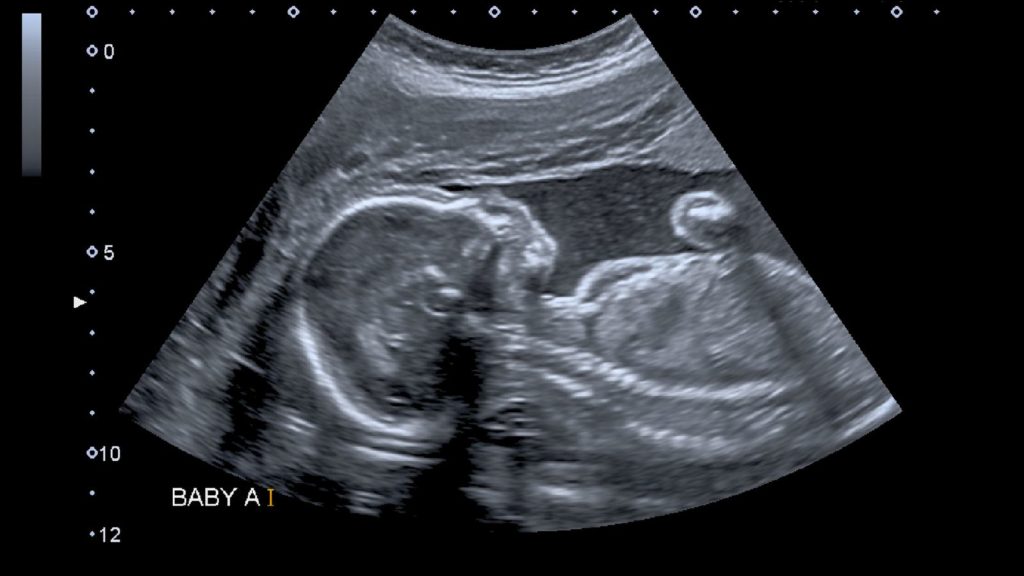Pollution can reach babies in the womb and could damage developing organs, scientists say | UK News

Air pollution particles can get into the organs of foetuses as they develop in the womb, potentially damaging development, a study has suggested.
Academics from the University of Aberdeen and Hasselt University in Belgium found evidence of black carbon particles – also known as soot particles – in blood in the umbilical cord.
That, in turn, shows they can cross the placenta.
Air pollution has been linked with “pre-term birth, low weight babies and disturbed brain development”, scientists said.
Key organ development occurs while the baby develops in the uterus – and the particles can be seen during the first trimester of pregnancy, researchers warned.
During their study, they examined 60 mothers and their babies in Aberdeen and the Grampian region in Scotland.
They also analysed tissue samples from 36 foetuses which had been aborted between seven and 20 weeks of gestation.
Soot particles were present in all mothers and newborns – and in the livers, lungs and brains of the aborted foetuses.
All tissue samples analysed contained black carbon particles.
Black carbon is one of many particles and gases emitted when diesel, coal and other biomass fuels are burned.
The number of particles found depended on the amount of air pollution the mother was exposed to during pregnancy.
It is said to be the first time when black carbon nanoparticles have been found in developing foetuses.
Read more: Legal targets on air pollution and wildlife proposed by government
Writing in the journal Lancet Planetary Health, the study authors wrote: “We found that maternally inhaled carbonaceous air pollution particles can cross the placenta and then translocate into human foetal organs during gestation.
“These findings are especially concerning because this window of exposure is key to organ development.”
Professor Tim Nawrot, from Hasselt University, said: “We know that exposure to air pollution during pregnancy and infancy has been linked with still birth, pre-term birth, low weight babies and disturbed brain development, with consequences persisting throughout life.
“This means that air quality regulation should recognise this transfer during gestation and act to protect the most susceptible stages of human development.”
Professor Paul Fowler, from the University of Aberdeen, added: “We all worried that if nanoparticles were getting into the foetus, then they might be directly affecting its development in the womb.
“What we have shown for the first time is that black carbon air pollution nanoparticles not only get into the first and second trimester placenta, but then also find their way into the organs of the developing foetus, including the liver and lungs.”
Recent Posts
- Universal Orlando Resort reveals first pictures of new Harry Potter ride
- Adaptive Leadership in an Era of Experiences
- Wanderland London Releases first-of-its-kind Kids Hospitality Report
- EasyJet unveils Cape Verde flights and packages for summer 2026
- Hilton Signs Strategic Licensing Agreement with Olive by Embassy to Bring 150 Spark by Hilton Hotels to India






Recent Comments